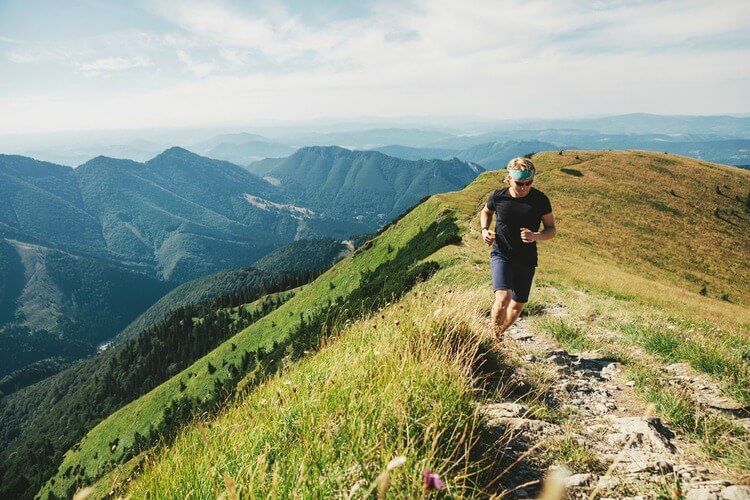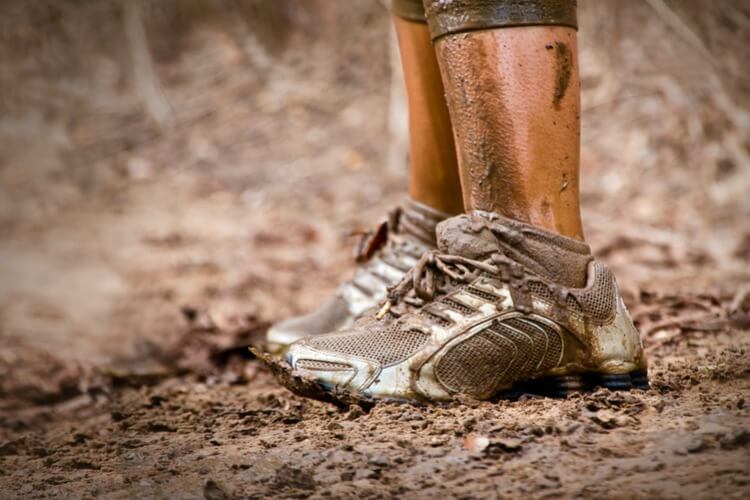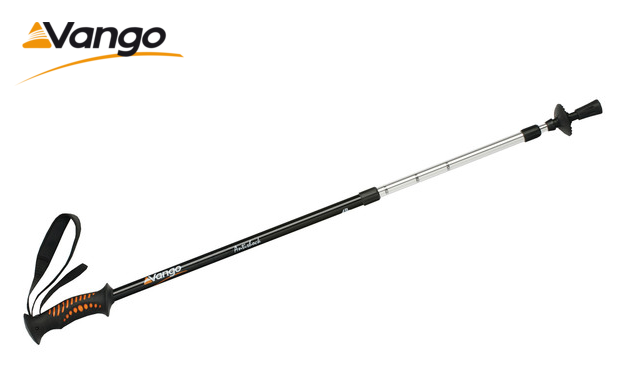
If you’re involved in exercise and want to test yourself to the very limit, or you’re a beginner looking for an alternative to gyms and fad diets, you might want to consider fell running (or trail running as it is known in the US.)
This short fell running guide should make you aware of what you need to know to get started.
What is fell running?
The first fell race took place in Scotland over a thousand years ago. Today, the Fell Runners Association looks after events, of which there are about 400 to 500. The sport is growing at a rapid pace as the toughness and ‘getting back to nature’ philosophy appeals to a more fitness-conscious generation.
A fell running event sees you tackle mountains in much the same way a marathon runner tackles a road, beating as fast a path as you can over massive distances. Event times vary and are usually a few hours. Events are graded in both Ascent Difficult (Grade A-C) and Distance Category (Grade L-S).
What do I need?
If you are a beginner, you should aim for your first fell run to be in a race which features an ascent grade of C (meaning you’ll probably spend some time on a normal road as well as fell conditions) and a distance grade of S (which stands for ‘short’ and is less than 10km).
Training for such a run can be done on the road if you include a few hills. You’ll need to learn some navigation skills because most fell runs require the competitor to have a map and know how to read it. Anyone of any fitness level can enter a fell running event but only the toughest will finish the higher grades. We’d advise you to get fit enough to easily run a 10km road race then try a fell run, as the ascents and difficult terrain ramp up the toughness.
What should I bring trail running?
Kit wise, the sport of fell running offers plenty of options. The basic requirements are a pair of trainers that have good ankle support and great grip to handle terrain. However, once you start seriously tackling the sport there are a few items you’ll need:
- Waterproof jacket – The outdoor industry is catering for the boom in popularity of fell running, making waterproofs that breathe. This is great for fell running, where you’ll be doing a lot of sweating! See all of our waterproof jackets.
- Ultralight rucksack – A rucksack to carry water, sometimes in a bladder, is a must for the longer races. You can grab super light ones nowadays. Check out our full range of rucksacks.
- Walking poles – Not a necessity, but on longer runs many runners use ultralight poles to help tough descents. See all of our trekking & walking poles.
- Head-torch – A must-have for any outdoors-man. In a fell run when the darkness sets in a good head torch to navigate and help you get spotted in emergencies can sometimes be the difference between life and death. A head torch is a great budget option. See our full range of lights and lanterns.
We hope this fell running guide has given you some idea of what the sport is and why it’s so popular. Go on, find your nearest fell run, register – then get out and train!





